General Comments
(Kevin Mckenzie Director General Business Compliance Directorate, Collections and Verifications Branch)
An automated verification system, which could include follow-up phone calls, is being used. Once processed, payments will be issued within 3-8 days. Lease or rent agreements may be requested. Third parties may be contacted.
VTN note: One subscriber noted that a follow-up call was received within an hour of submission. His file was triggered for review since the amount reported on the GIFI code for rent in the prior year was substantially smaller than would be expected based on the current year claim.
Questions and answers
(Randy Hewlett – Director General, Legislative Policy Directorate, CRA)
a) Real estate in a Holdco and operations in another corporation that rents from Holdco
Key considerations:
Expenses paid by Opco are not eligible because they are paid to a NAL party.
However, the Holdco can apply as the property owner. Some elections are available to consolidate the revenue.
Elections made for revenue calculations apply to both CEWS and CERS. It is only one election that would apply to both subsidies.
Lockdown support: If the Holdco is making the claim, “I don’t see how the Holdco could be eligible for the lockdown support given that its business model, and its business, is not shut down because of the lockdown, so there might be eligibility for the base subsidy in that particular case.”
b) Lockdown Subsidy for a particular location
Ceased activities must account for at least 25% of the revenues for that location during the prior reference period. How does this work where there are multiple locations and online sales?
Business will need to make its best efforts to determine its revenue attached to that location. The legislation uses the term “reasonable to conclude”. It is possible that some online sales to not tie to a particular retail location. It is a factual determination. It is expected that reasonable efforts are made to arrive at the allocation of revenue.
c) Will the CRA provide a prescribed form for the allocation agreement amongst affiliated entities?
It is CRA’s view that the online application form is itself the prescribed form.
d) Where it is later determined that two entities are affiliated but no agreement or allocation of limit has been made, what happens, how do you correct it, is there any relief?
In such a scenario, the available subsidy would be $0 for each entity, however, an amended claim can be filed.
e) What would be considered “operating expenses” (hydro, water, gas, maintenance etc.)?
For those applying as owners, this is not relevant. For renters, operating expenses are only relevant when operating under a “net lease”. Amounts must be required to be paid under the net lease and it also includes regular installments regularly charged to the lessee. There are listings of expenses available on the calculator, however, it is a fact-based exercise. “I’m not sure about snow removal and building maintenance, you’d really have to look at the net lease arrangement… Most of the expenses listed there could possibly qualify.”
f) Does it matter if the operating expenses are paid directly to the landlord or to the service provider?
It does not matter as long as it meets the other criteria, like being required in the net lease agreement.
g) Paid or payable
Property tax can only be claimed if it is paid or payable. Before including property tax in a claim, it must have been paid, or have become due. The same applies to other expenses.
h) Would CERS payments be considered revenue when determining the revenue decline?
Generally no as it would be considered extraordinary.
Click here to view the webinar.
